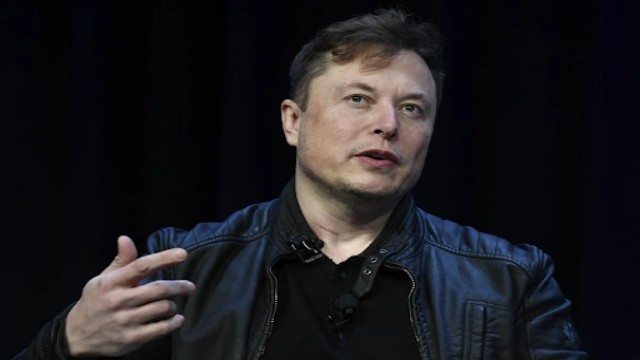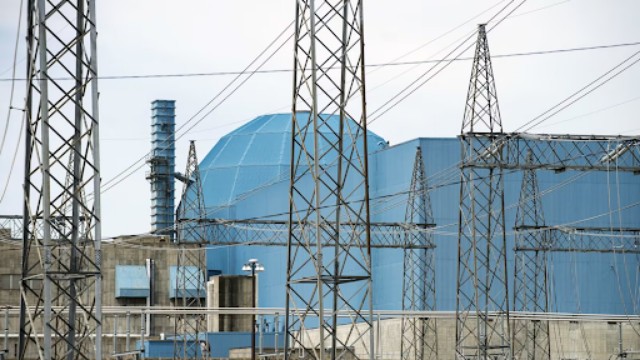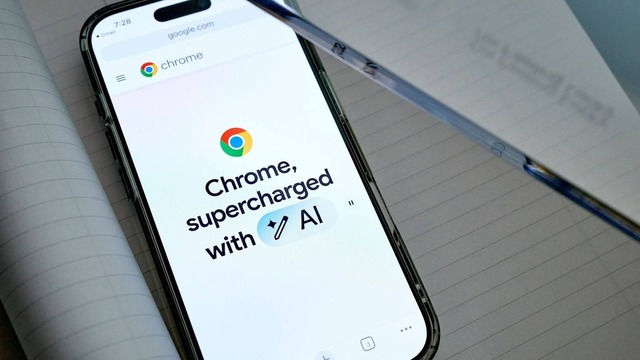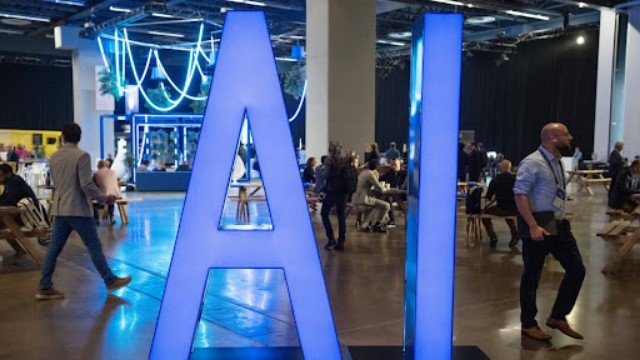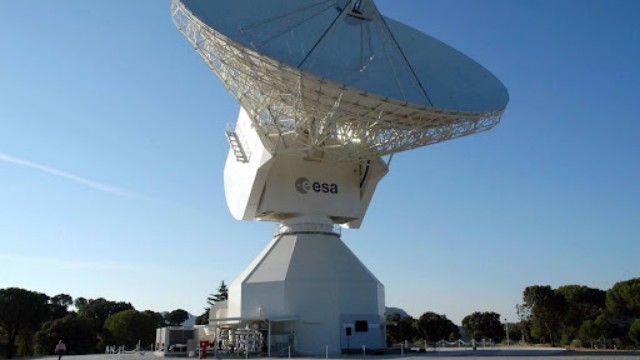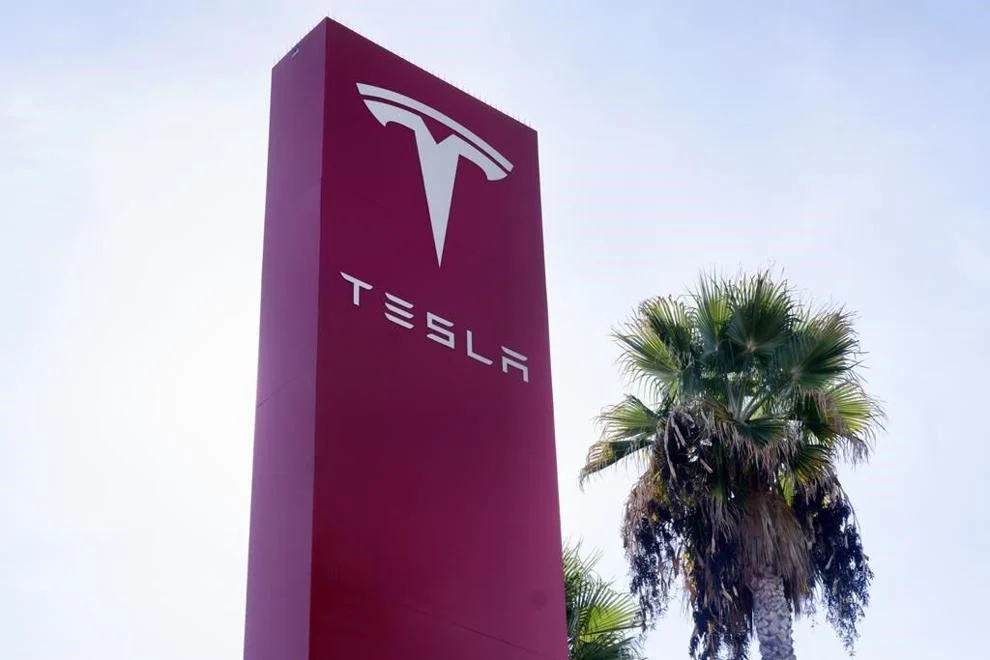
A Tesla sign is seen at a dealership, Dec. 3, 2023, in Buena Park, Calif. A Tesla that may have been operating on the company's Autopilot driving system hit and killed a motorcyclist near Seattle on Friday, April 19, 2024, raising questions about whether a recent recall went far enough to ensure that Tesla drivers using Autopilot pay attention to the road.
A fatal accident near Seattle involving a Tesla has sparked concerns regarding the effectiveness of the company's Autopilot driving system and the attentiveness of its users. On Friday, in a suburban area northeast of the city, a 2022 Tesla Model S collided with a motorcyclist, resulting in the rider's death.
According to a Washington State Patrol trooper, the Tesla driver admitted to using Autopilot and glanced at his cellphone while the vehicle was in motion. The driver recounted feeling a sudden impact and acceleration before the collision with the motorcyclist.
Subsequently, the 56-year-old Tesla driver was arrested on suspicion of vehicular homicide due to his confessed lack of attention while relying on Autopilot and being distracted by his cellphone. The victim, identified as Jeffrey Nissen, 28, was pronounced dead at the scene.
Authorities have not independently confirmed whether Autopilot was engaged during the crash, stating that the investigation is still in its early stages. This incident follows a recent recall affecting over 2 million Tesla vehicles, prompted by concerns over the Autopilot system's ability to ensure driver attentiveness.
Tesla's Autopilot is designed to assist with lane centering and maintaining distance from other vehicles but is not intended to enable fully autonomous driving. Despite its name, Tesla emphasizes on its website that drivers must remain vigilant and in control at all times.
In response to safety concerns, Tesla agreed to update Autopilot software as part of the December recall. The update aimed to enhance warnings and alerts for drivers, addressing issues highlighted during a two-year investigation into accidents involving Teslas on Autopilot striking stationary emergency vehicles.
However, doubts remain regarding the effectiveness of Tesla's monitoring system, which alerts drivers if it detects a lack of torque from their hands on the steering wheel. Experts argue that more advanced measures, such as infrared cameras to monitor driver attention, are necessary.
While it's unclear if the Tesla involved in the accident had received the software update mandated by the recall, Tesla's filings with the National Highway Traffic Safety Administration suggest that most newer models should have automatically received it.
Consumer Reports' testing revealed that Tesla's cabin cameras, intended to monitor driver engagement, can be obscured without consequences. This raises concerns about the reliability of Tesla's monitoring technology.
Experts and safety advocates urge regulatory bodies, such as the National Highway Traffic Safety Administration (NHTSA), to thoroughly investigate the incident to assess whether Tesla's recall measures effectively mitigate risks associated with Autopilot usage. NHTSA has previously investigated numerous accidents involving Tesla vehicles operating on partially automated driving systems, including fatalities.
Furthermore, calls for broader regulatory intervention in automated driving systems extend beyond Tesla, with NHTSA also investigating accidents involving automated systems from other automakers, including Ford. As the investigation into the Seattle-area crash unfolds, it serves as a sobering reminder of the complexities and challenges surrounding the integration of autonomous technologies into modern vehicles.


